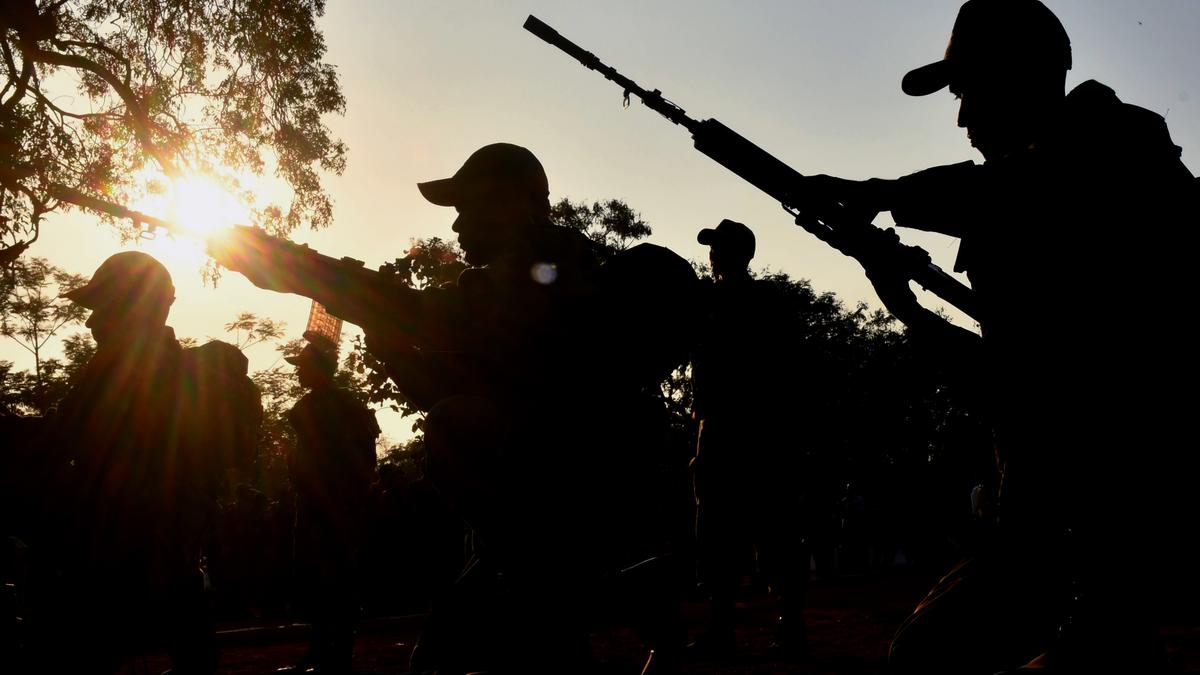The Indian Army is undergoing a significant transformation, modernizing its infrastructure, embracing green technologies, and streamlining its operations. This modernization extends across multiple domains, encompassing land management, logistics, training, and environmental sustainability.
De-notification of Cantonments and Land Management
The Indian Army is undertaking a strategic land management initiative, which includes the de-notification of certain cantonments and the reallocation of defense land. This process is driven by a need to rationalize land utilization, facilitate urban development, and enhance operational efficiency.
De-notification of Cantonments
Ten cantonments, namely Ajmer, Babina, Clementown, Deolali, Dehradun, Fatehgarh, Nasirabad, Mathura, Ramgarh, and Shahjahanpur, have been identified for de-notification. This move aims to bring uniformity in municipal laws governing cantonments and their adjoining areas. The process involves excising civil areas within the cantonments and merging them with adjacent state municipalities. The process is complex and does not have a set timeline.
Land Acquisition and Exchange
The transfer of defense land, such as the Army’s firing range near Ayodhya, follows a well-defined template. The government agency acquiring the land provides either equal land, equal value, or infrastructure development on an alternate suitable land parcel. This process ensures a fair and transparent exchange.
Modernizing Logistics and Transport
The Indian Army is embracing modern technologies to enhance its logistical capabilities and streamline transportation in challenging terrains.
Robotic Mules and Drones
To replace animal transport, which has played a critical role for decades, the Army is introducing robotic mules and load-carrying drones. These technologies will particularly benefit transportation in mountainous and remote areas.
All-Terrain Vehicles and Rugged Terrain Vehicles
With improved border infrastructure, all-terrain and rugged terrain vehicles are being deployed to augment transportation capabilities. These vehicles provide greater mobility and efficiency in challenging terrains.
Emphasizing Dog Training and Breeding
Despite advancements in technology, military dogs remain essential assets for the Indian Army in counter-insurgency, counter-terrorism operations, and conventional warfare.
Local Breeds and Advanced Training
The Army’s Remount and Veterinary Corps (RVC) is actively breeding and training indigenous breeds such as Mudhol Hound, Chippiparai, Rajapalayam, and Rampur Hounds. These dogs, along with established breeds like German Shepherds, Belgian Malinois, and Labradors, receive specialized training for various roles, including assault, guard duty, tracking, explosive detection, and search and rescue.
Technology Integration
The Army is leveraging advanced technologies to enhance the effectiveness of military dogs during operations and training. These technologies provide critical support and facilitate better training and performance.
Environmental Sustainability Initiatives
The Indian Army is actively pursuing a green agenda to reduce its environmental footprint and promote sustainable practices within its operations.
Landfill-Free Military Stations
Under the “Apashisth Mukt Sainya Abhiyan” (Waste-Free Military Campaign), the Indian Army aims to transform all 306 military stations into landfill-free facilities within five years.
Renewable Energy and Green Hydrogen
The Army is investing in renewable energy sources and is partnering with NTPC to establish a green hydrogen plant at Chushul in Eastern Ladakh. This initiative aims to replace diesel generators and introduce green hydrogen buses in Leh, reducing dependence on fossil fuels. The Indian Oil Corporation Limited is also partnering with the Army to introduce green hydrogen buses at the Army headquarters.
Conclusion
The Indian Army’s transformation reflects its commitment to technological advancement, operational efficiency, and environmental responsibility. The de-notification of cantonments, modernization of logistics, integration of technology in dog training, and the pursuit of a green agenda demonstrate the Army’s commitment to remain at the forefront of modern warfare.
Takeaways
- Land Management: Strategic land management, including de-notification of cantonments and land exchange, is optimizing land utilization and facilitating urban development.
- Technological Advancements: Introduction of robotic mules, drones, and rugged terrain vehicles is revolutionizing logistics and improving transportation in difficult terrains.
- Dog Training and Breeding: Emphasizing training and breeding indigenous and established breeds ensures the continued effectiveness of military dogs in modern warfare.
- Environmental Sustainability: Implementing landfill-free military stations and investing in green hydrogen initiatives demonstrates the Army’s commitment to sustainable practices.









